The human body is an amazing machine with many parts that work together to help us move, think, and stay healthy. Understanding the parts of the body and their functions is essential for everyone, especially kids. This guide will help you learn about how the body works and why it’s important to keep it healthy. Keep reading to explore the body parts that allow us to perform everyday activities!
Contents
List of Body Parts
- Head
- Eyes
- Ears
- Nose
- Mouth
- Neck
- Shoulders
- Arms
- Elbows
- Hands
- Fingers
- Chest
- Stomach
- Back
- Spine
- Legs
- Knees
- Feet
- Toes
- Heart
- Lungs
- Brain
- Liver
- Kidneys
- Bladder
- Teeth
- Tongue
- Jaw
- Throat
- Ribs
- Pelvis
- Ankle
- Wrist
- Forearm
- Thigh
- Calves
- Abdomen
- Biceps
- Uvula
- Intestines
- Diaphragm
- Pancreas
- Appendix
- Spleen
- Belly Button
- Nails
- Hip
- Chin
- Cheeks
- Eyebrows
- Eyelashes
- Forehead
- Hair
Body Parts and Their Functions
- Head
The head holds the brain and sensory organs; controls thinking and movements.
- Eyes
Help you see the world around you by detecting light.
- Ears
Allow you to hear sounds and help with balance.
- Nose
Helps you smell and breathe in air.
- Mouth
Used for eating, talking, and breathing.
- Neck
Supports the head and allows it to move.
- Shoulders
Help move the arms and carry weight.
- Arms
Allow you to reach, lift, and carry objects.
- Elbows
Bend the arms so you can move them easily.
- Hands
Help you touch, hold, and feel things.
- Fingers
Used to grab, hold, and feel objects.
- Chest
Protects vital organs like the heart and lungs.
- Stomach
Breaks down food and helps digest it.
- Back
Supports your body and helps with movement.
- Spine
Provides structure and protects the nerves in your body.
- Legs
Help you walk, run, jump, and stand.
- Knees
Allow your legs to bend and move.
- Feet
Help you balance, walk, and stand.
- Toes
Keep you balanced and help you walk.
- Heart
Pumps blood throughout the body to supply oxygen.
- Lungs
Allow you to breathe in oxygen and exhale carbon dioxide.
- Brain
Controls thinking, emotions, and body functions.
- Liver
Filters toxins from the blood and aids digestion.
- Kidneys
Remove waste and excess water from the blood.
- Bladder
Stores urine until it’s time to go to the bathroom.
- Teeth
Help chew food into smaller pieces for digestion.
- Tongue
Helps taste food and assist in speaking.
- Jaw
Helps chew food and move the mouth.
- Throat
Moves food and air to the stomach and lungs.
- Ribs
Protect the heart and lungs from injury.
- Pelvis
Supports the body and connects the legs to the trunk.
- Ankle
Helps your feet move up and down.
- Wrist
Allows your hand to move and bend.
- Forearm
Connects your elbow to your wrist and helps move the hand.
- Thigh
Supports body movement and helps you walk and jump.
- Calves
Help you jump, run, and stand up.
- Abdomen
Holds the stomach and intestines, helps digestion.
- Biceps
Muscles in the arms that help lift objects.
- Uvula
Helps in swallowing food and speaking.
- Intestines
Absorb nutrients from food and help digestion.
- Diaphragm
Helps you breathe by pushing air in and out of lungs.
- Pancreas
Helps break down food and regulate blood sugar levels.
- Appendix
A small organ near the intestines with no clear function.
- Spleen
Helps filter blood and fight infections.
- Navel (Belly Button)
Marks where the umbilical cord was attached.
- Fingernails
Protect the fingers and assist with tasks.
- Hip
Connects the legs to the body and helps movement.
- Chin
Supports the lower face and helps you chew and talk.
- Cheeks
Help form facial expressions and protect teeth.
- Eyebrows
Protect eyes from sweat and help express emotions.
- Eyelashes
Protect eyes from dust and debris.
- Forehead
Part of your face above the eyes, helps express emotions.
Parts of Body Vocabulary
Conclusion
The human body is an amazing system made up of body parts that work together to help us function daily. By learning about these parts, you can better understand how to take care of your body. Explore more about the human body and discover how your body parts help you live, grow, and move!
You May Also Like to Read




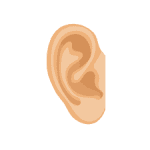

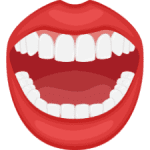

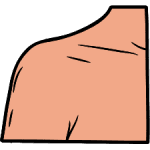
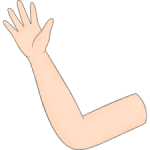

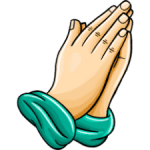
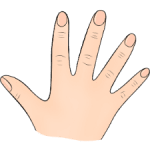


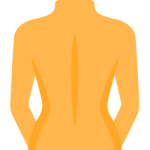
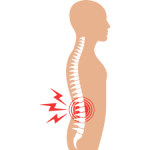
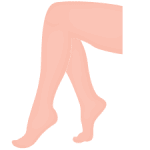
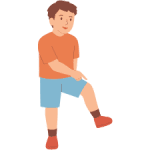


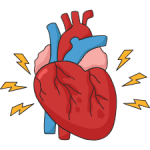
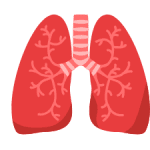
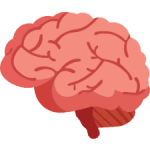
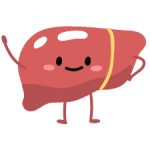
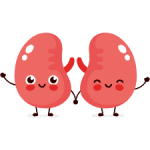

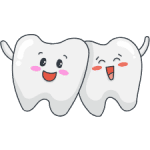



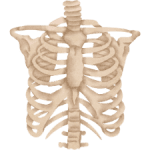
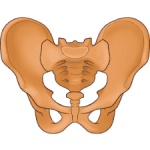

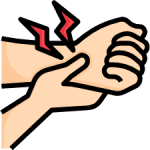
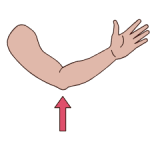






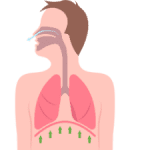
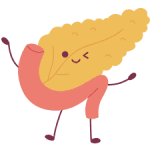

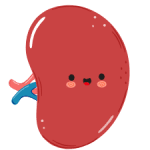


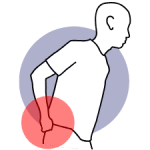
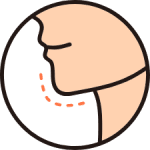
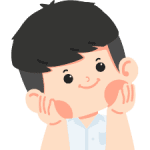
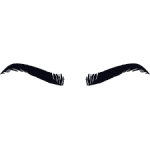
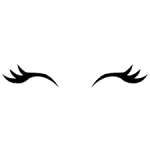
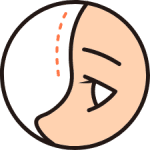
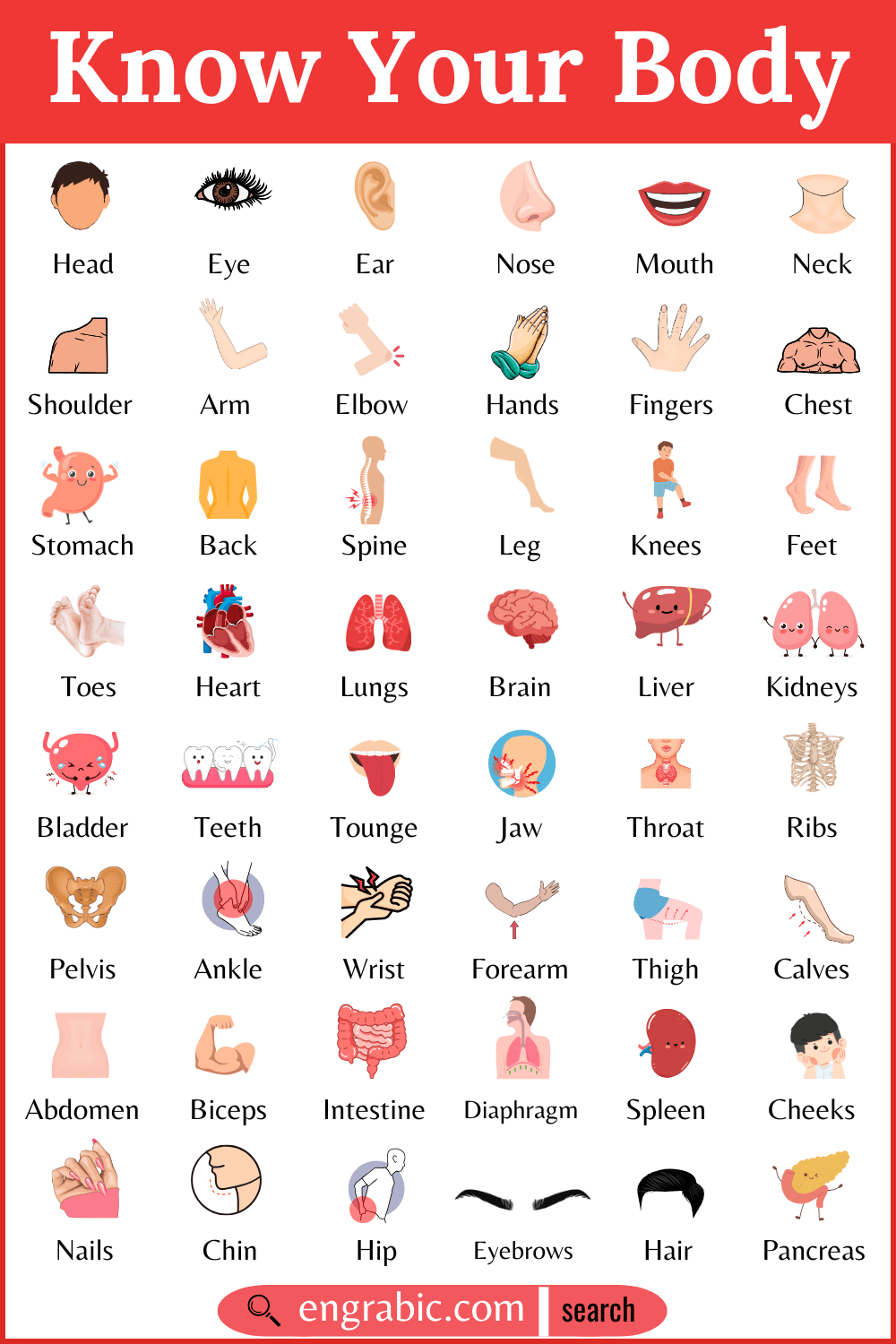

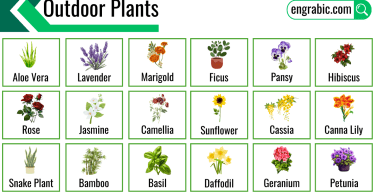
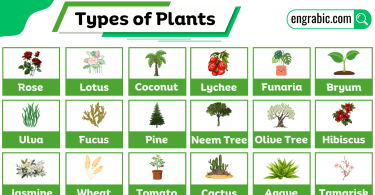

Leave a Comment